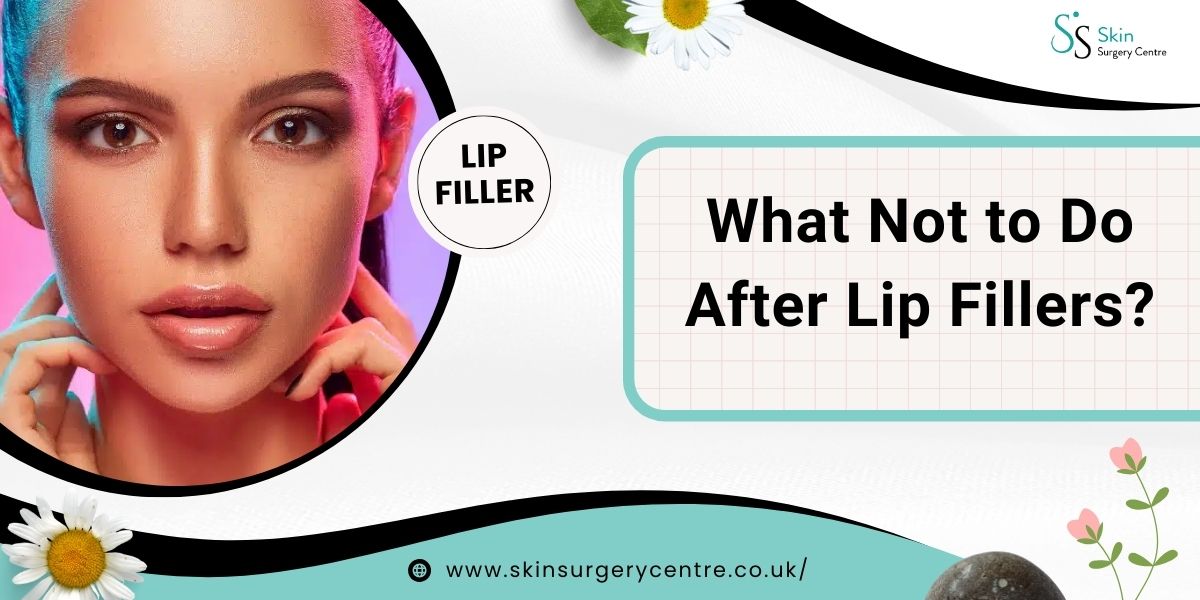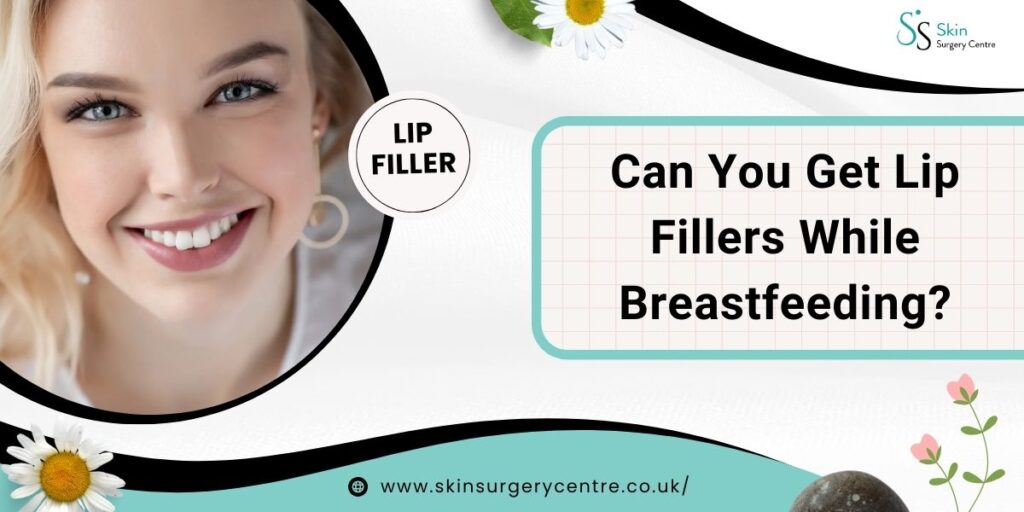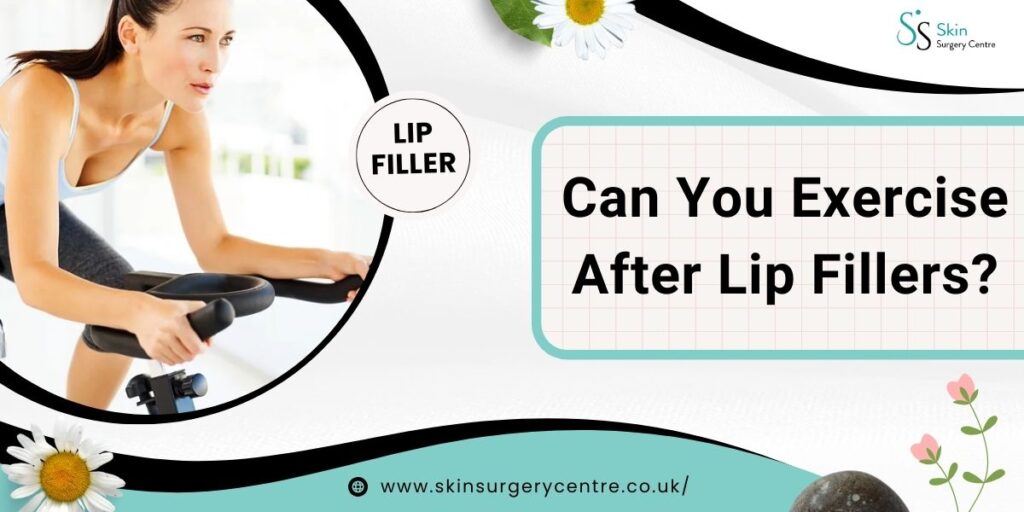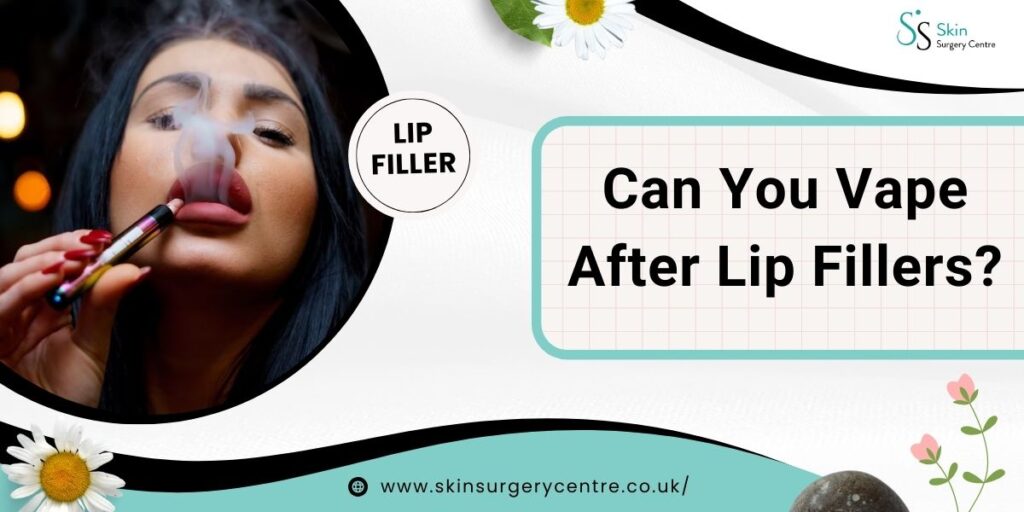Can You Get Lip Fillers While Breastfeeding? UK Expert Answers
Many new mums wonder: Can you get lip fillers while breastfeeding? It’s a common question in UK clinics, and this...

Looking at your fuller, more defined lips after treatment is exciting — but in the UK, practitioners emphasise that aftercare is as important as the procedure itself.
Many beauty lovers concentrate on the follow-up actions, but knowing what not to do is equally as important. If you disregard the post-procedure instructions, you will most likely suffer from unexpected results, longer healing times, or a host of medical issues.
Here is a detailed guide to help you understand what not to do after lip fillers if you are trying to maintain your newly enhanced pout.
Aftercare begins the moment you exit the clinic. Avoid these specific activities for 24-48 hours after treatment:
While drinking out of a straw may seem innocuous, there is still some suction that can cause pressure to the treated area. This can cause the filler to shift or fail to settle. Sip from a glass for 24–48 hours. The British Association of Aesthetic Plastic Surgeons (BAAPS) notes that suction can disturb filler placement.
Refrain from wanting to touch or press your lips. Stimulating your lips like this can risk the filler’s even placement which can lead to uneven fillers or no fillers settling at all. Always remember, those injection areas are healing!
Avoid lipsticks, glosses, or liners for 24 hours. According to NHS guidance, keeping injection sites clean reduces infection risk. This is for your own safety since the injection points still need to heal. During this period, it is wise not to put on too much makeup.
Refrain from intense workouts or physical activities for the first 24-48 hours. Exercise increases blood flow, which may result in swelling, bruising, or discomfort. Enjoy a couple of rest days guilt-free!
According to a study in Dermatologic Surgery, heat exposure can accelerate filler breakdown, shortening results. In order to facilitate full recovery, avoid extreme heat for several days.
Give your body ample time to recover by avoiding alcohol and smoking entirely for at least 24 hours post-treatment. Cigarettes can delay healing, while alcohol dilates blood vessels, worsening swelling and bruising.
The healing doesn’t just happen on the first day. The following pointers will help you take care of your lips even better:
Some people might find this one difficult, but it is important to avoid anything that will put pressure on your lips. This can be kissing, or even sleeping face down. For the first few days, try to sleep on your back with your head slightly elevated. At this stage, any pressure could result in unevenly distributed fillers.
Heat should be avoided on the first few days, but it is best to avoid saunas, steam rooms, or baths for at least a week. The lips need to rest, settle, and recover without having too much external heat.
Staying clean offers protection against infections. Do not touch your face unless your hands are clean, and do your best to avoid any activities that could let bacteria access the treated area. Look out for unusual symptoms like redness, warmth or anything else that could show an infection.
Your aftercare plan after filler treatment needs to be taken care of beyond the first days of care. Here’s a maintenance routine that covers multiple weeks after your treatment:
Water will help with not only your health, but also with the skin elasticity, and even the lip filler quality. You can nourish your lips by drinking water. The more you drink, the better the result.
Heat increases lip filler metabolism and the fillers break down quicker. UK dermatologists and NHS skin health guidance recommend using an SPF 30+ lip balm daily to protect filler longevity (NHS Sunscreen Advice). UV rays speed up filler metabolism, shortening results.
Every patient heals differently, but when the healing drags on for two weeks or even more and you still see swelling, bruising, lumps, or other anomalies, then it is time to reach out to your practitioner.
Knowing when to seek medical help is crucial; considering the following symptoms implies that you need medical attention, so get in touch with your healthcare practitioner right away:
Your practitioner is there to ensure you achieve stunning results while being ‘safe’. When in doubt, reach out!
“According to the NHS, patients should always choose a GMC-registered practitioner in a CQC-regulated clinic for injectable treatments (NHS guidance). The British Association of Aesthetic Plastic Surgeons (BAAPS) also emphasises that only medically qualified injectors should perform dermal filler treatments (BAAPS).”
Lip fillers are an ‘excellent’ option to achieve that beautiful look, but results depend on post-treatment care. With the right aftercare combined with these instructions and the avoidance of certain activities, you will achieve fabulous lips.
Considering lip fillers in London, Manchester, Birmingham, Leeds, Bristol, or Edinburgh? Book a consultation with our UK-certified specialists for safe, natural-looking results.
Cheers to your beautiful look!
Always consult a GMC/NMC-registered practitioner in a CQC-approved clinic for safe, natural results.
A: Mild swelling is normal for the first 2–3 days, peaking around Day 2. You should contact your clinic if swelling worsens after a week, or if you notice redness, warmth, or discharge (NHS guidance).
A: No — avoid lipstick, liner, or gloss for at least 24 hours. The NHS advises keeping injection sites clean to reduce infection risk.
A: Apply a cold compress for 10 minutes at a time, keep hydrated, and avoid alcohol. A review in Dermatologic Surgery found that hydration supports healing and reduces swelling.
A: It’s best to skip the gym for 24–48 hours. Increased blood flow raises swelling and bruising risk. Enjoy a short recovery break instead.
A: Most swelling and bruising settles within 7 days. By 2 weeks, fillers usually appear even and natural. If lumps or asymmetry persist, consult your GMC-registered practitioner (BAAPS).
Also Read:




Many new mums wonder: Can you get lip fillers while breastfeeding? It’s a common question in UK clinics, and this...
If you’ve had lip fillers or are planning them, you may wonder: Can I put lip balm on after lip...
Can you exercise after lip fillers? At our London, Manchester, and Birmingham clinics, this is one of the most common...
Can you vape after lip fillers? It’s one of the most common questions we hear at our London, Manchester, and...
As one of the most sought-after procedures in cosmetic enhancement, lip fillers help people restore volume and definition to their...